Avalokiteshvara – the Bodhisattva of Compassion
Avalokiteshvara is the bodhisattva of compassion. Their name can be interpreted as one “who looks in all directions” or one “who hears the world’s cries.” Although all bodhisattvas act compassionately,
Avalokiteshvara is considered the embodiment of the abstract principle of compassion.
According to the Lotus Sutra, Avalokiteshvara can take any form that enables the deity to alleviate suffering. Moreover, bodhisattvas are not archetypes of men or women, but of all human beings as positive spiritual agents.
Therefore, some of the major bodhisattvas are traditionally androgynous, and Avalokiteshvara can
appear in both male and female forms. In China, in her female form, she is the “Goddess of Mercy” or Guanyin, while in Tibet, he is called Chenrezig. In Japan, followers know her as Kannon.
----
Sometimes, Avalokiteshvara can have a thousand hands and eyes. The deity has this form because
Avalokiteshvara had vowed to save all sentient beings. One day, looking down into hell, they saw the
immense number of beings who needed to be saved.
Overwhelmed by grief, their head split into eleven, and their arms broke into one thousand pieces.
However, Amitabha, the Buddha of Infinite Light, transformed the pieces into eleven heads and one thousand arms. Therefore, with their many heads, Avalokiteshvara could hear the cries of the suffering everywhere. With their many arms, they can reach out to help many beings at the same time

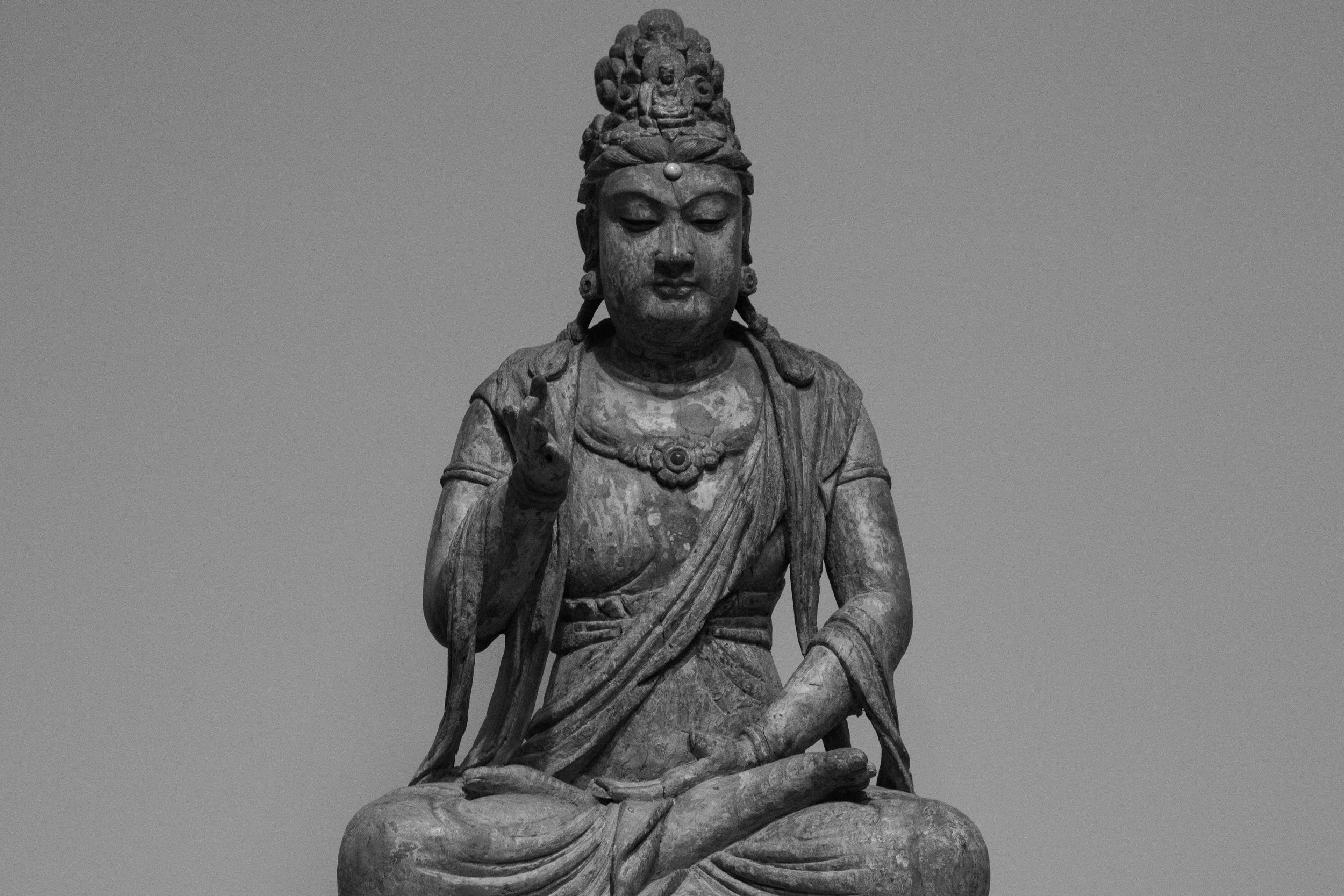


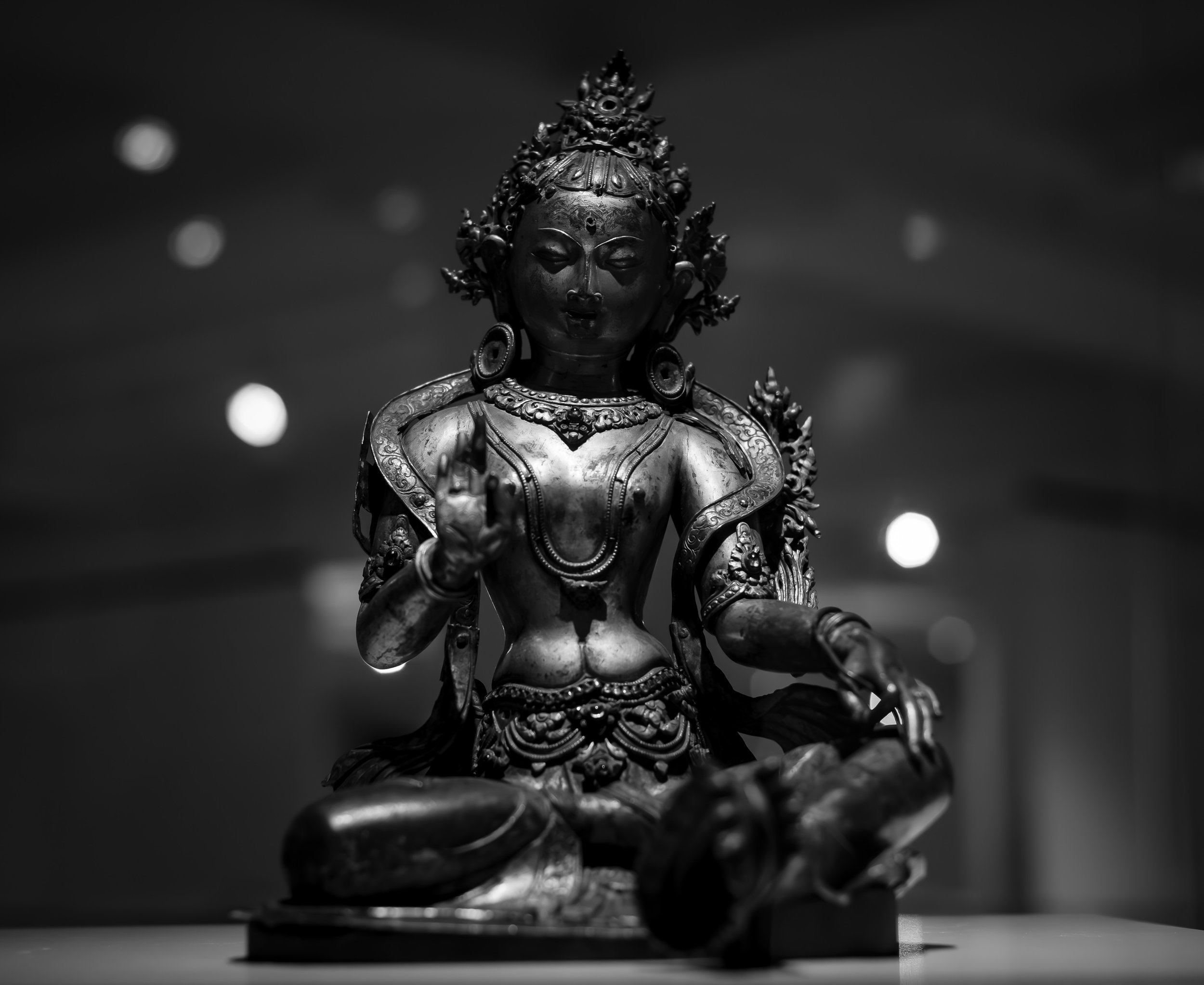
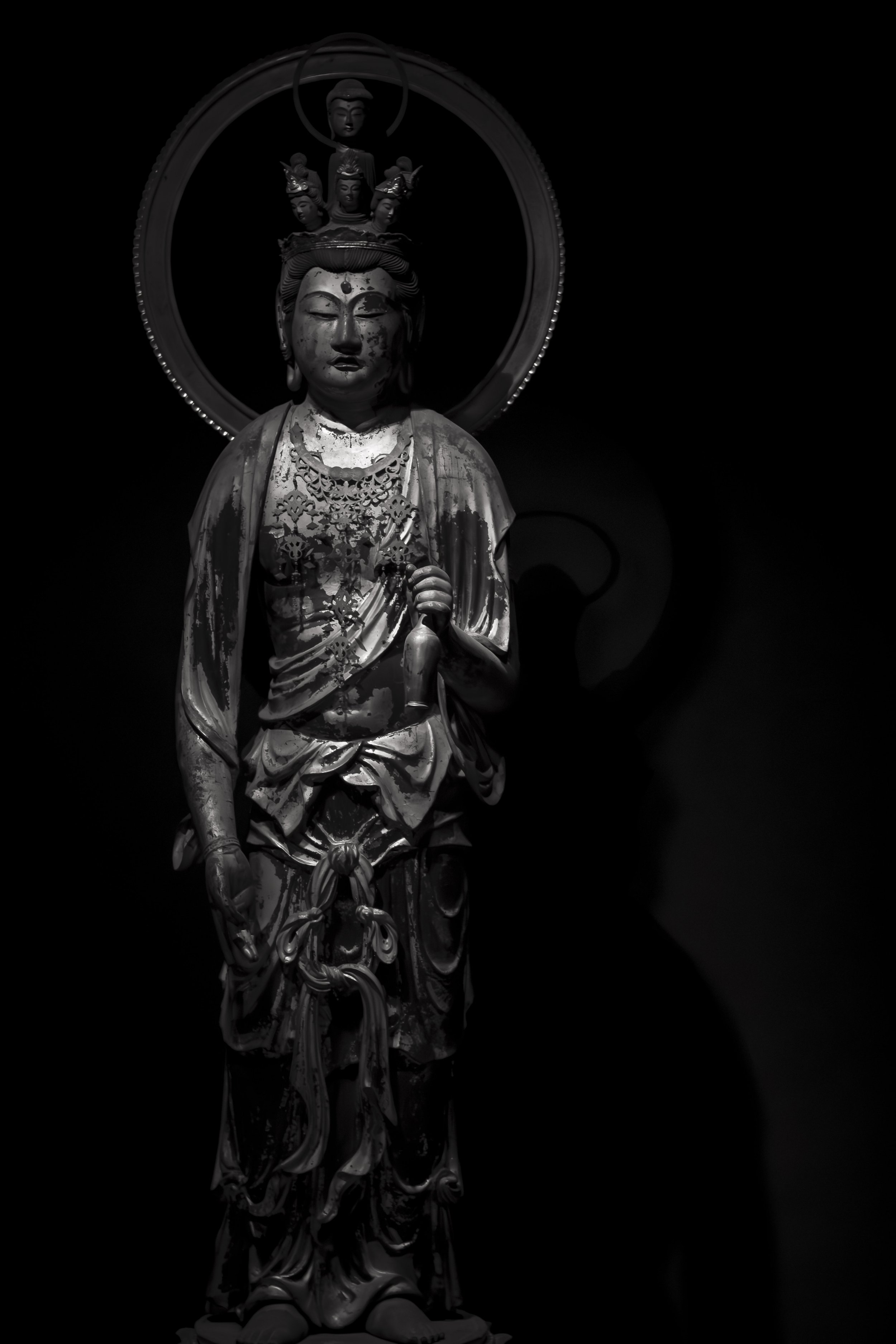

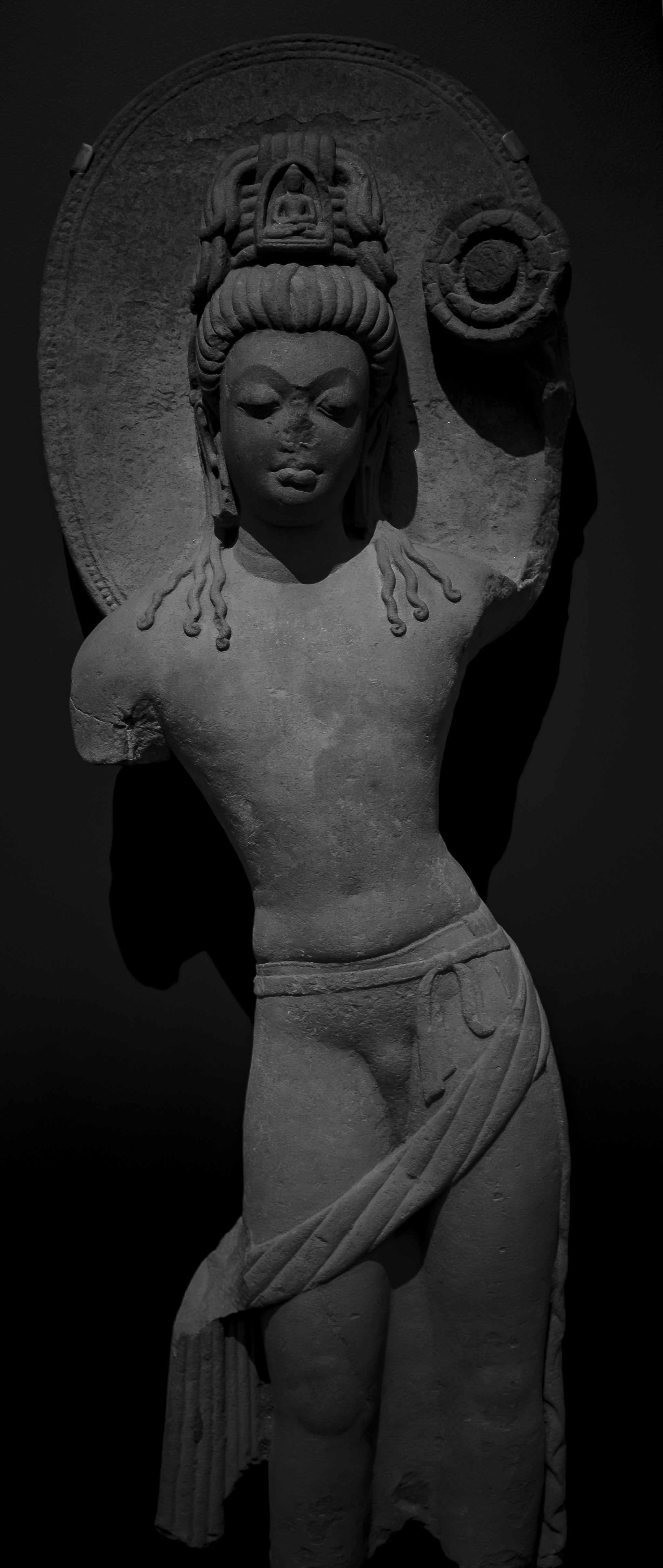
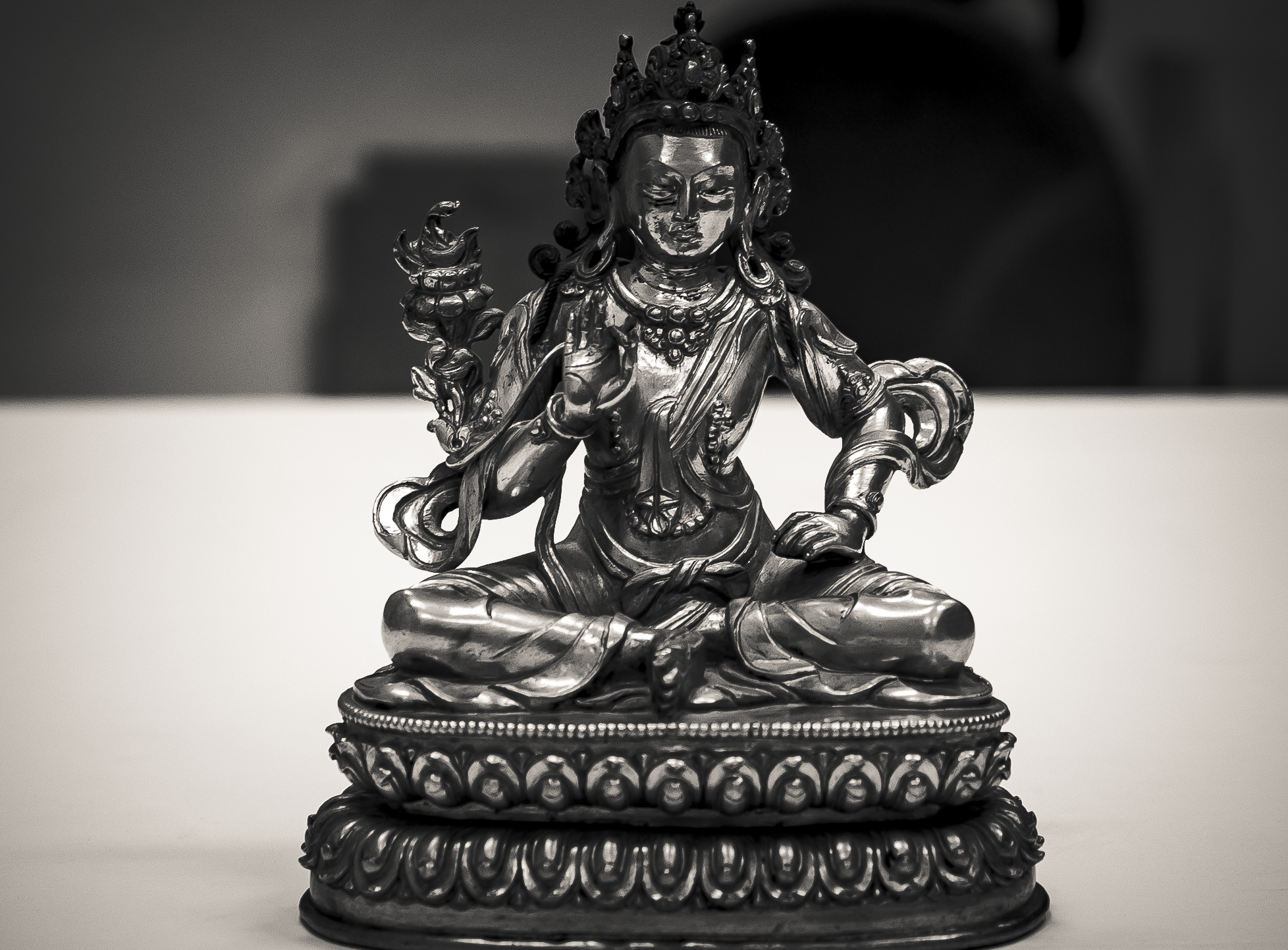
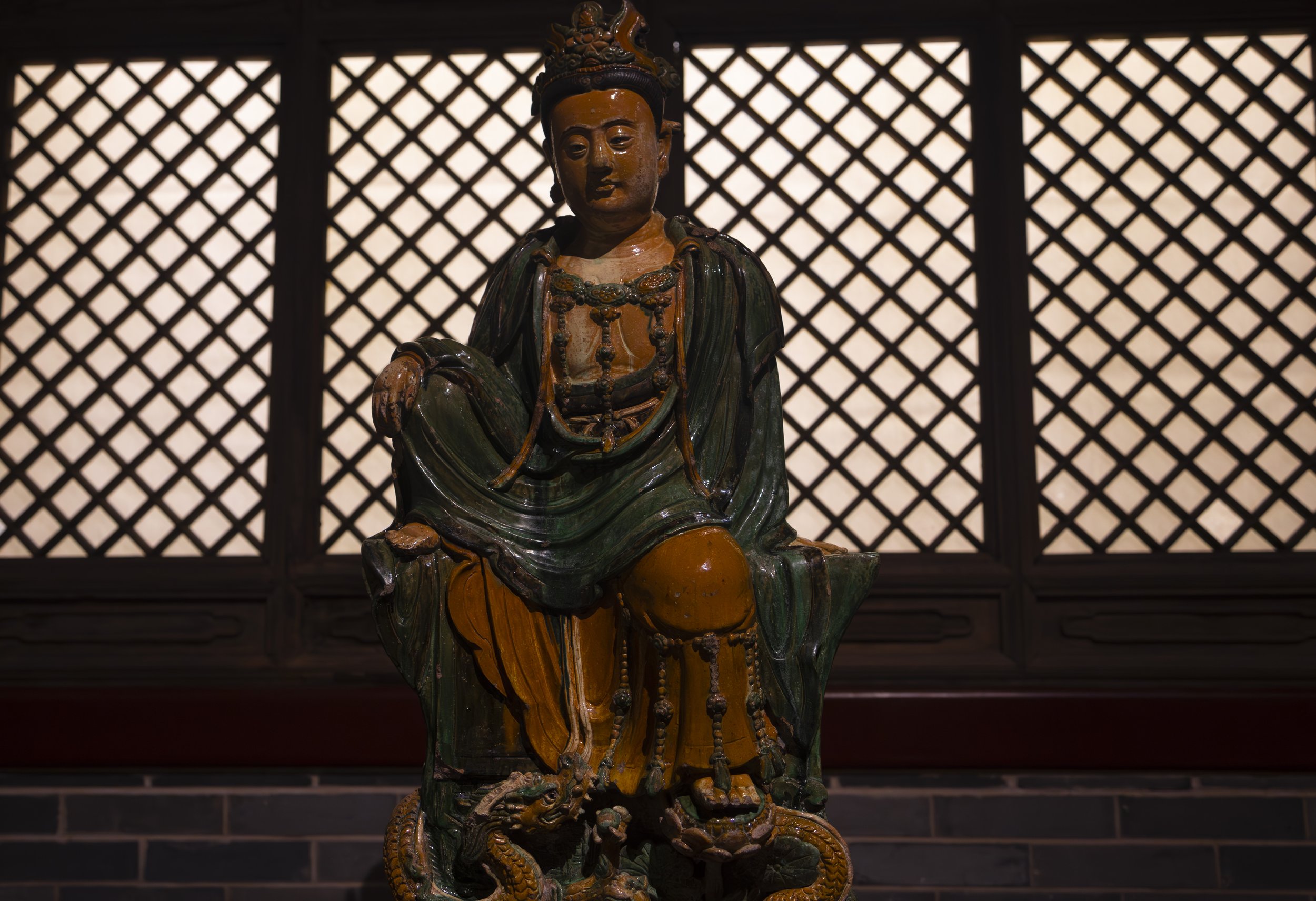

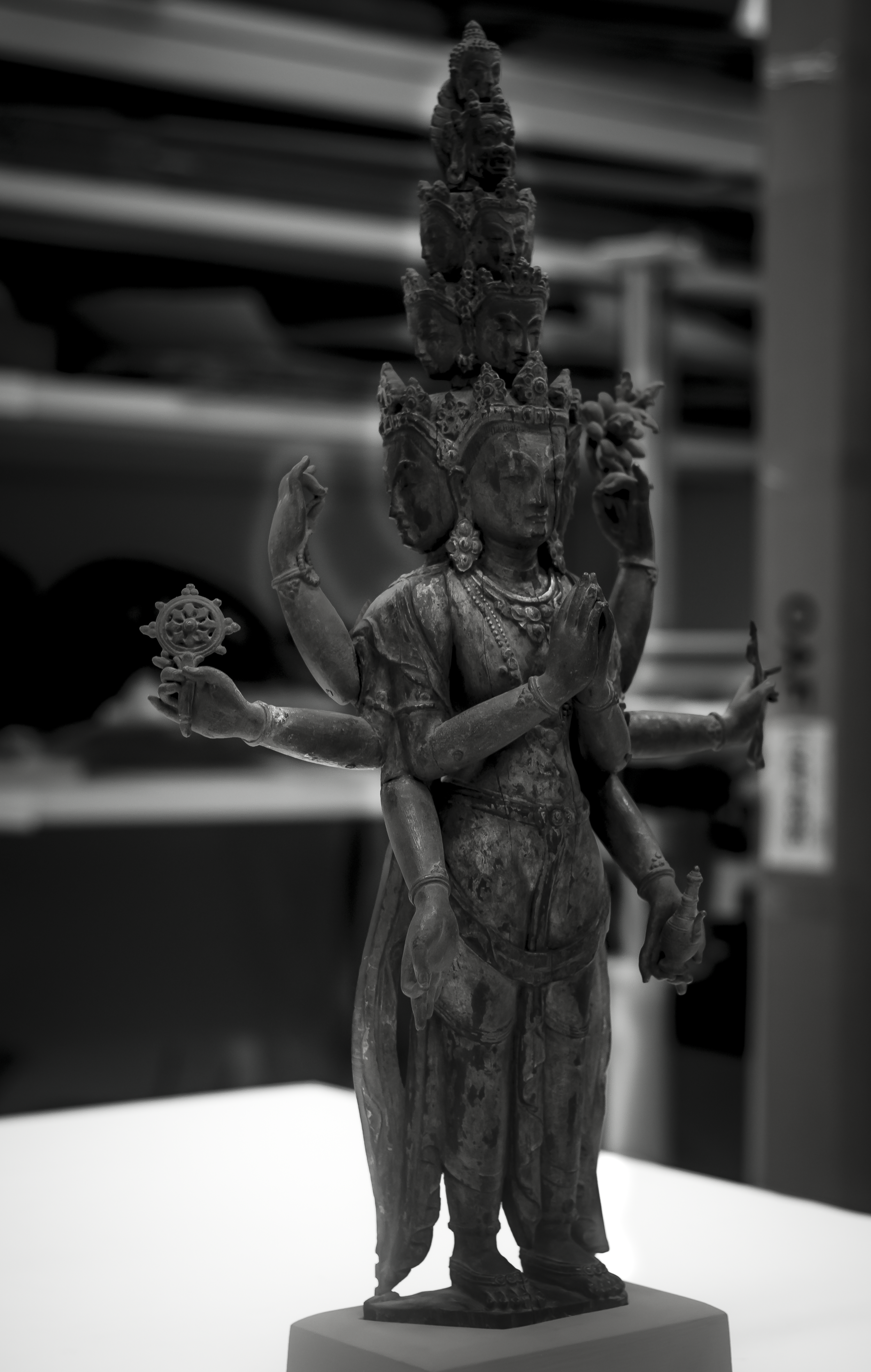
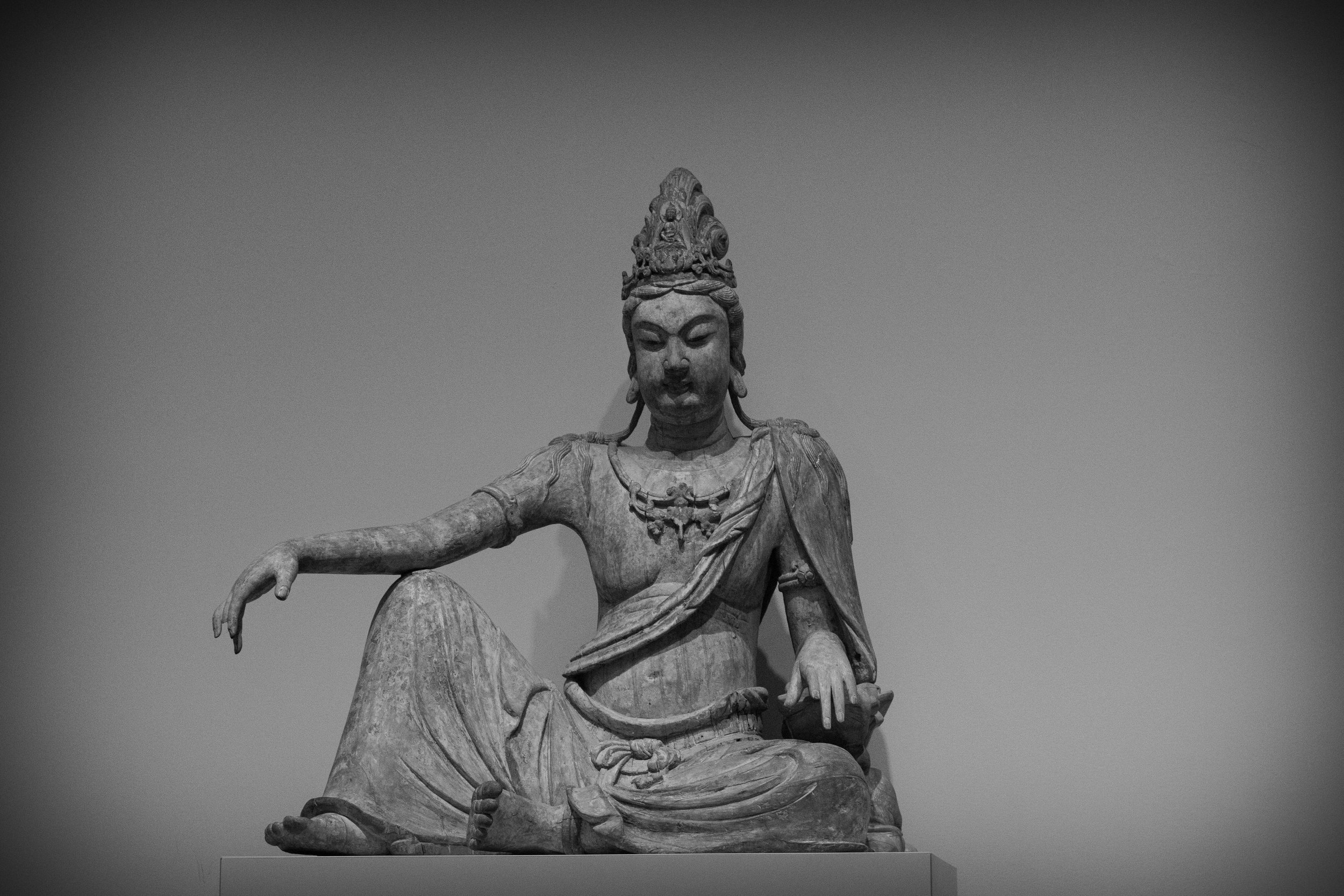

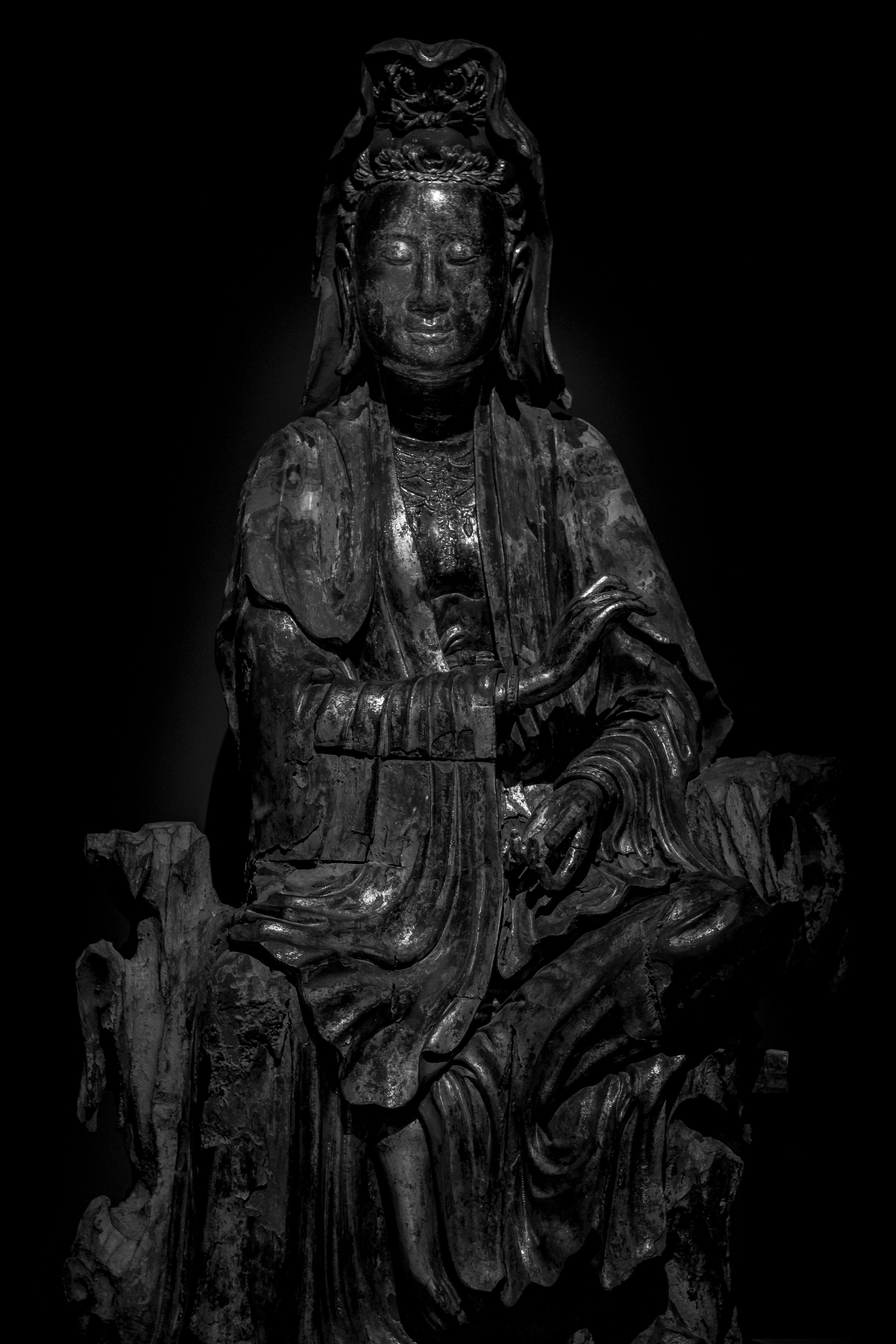
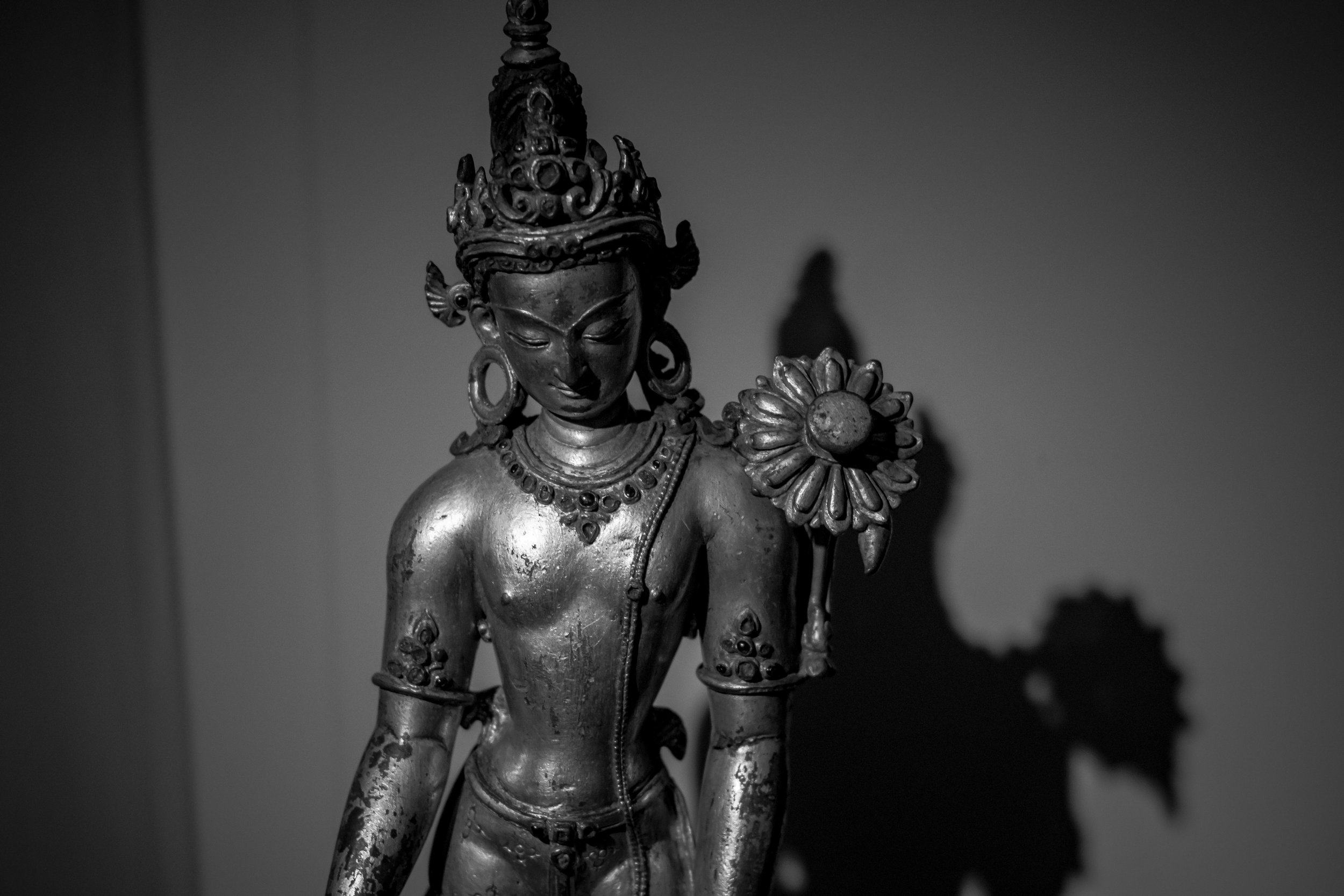
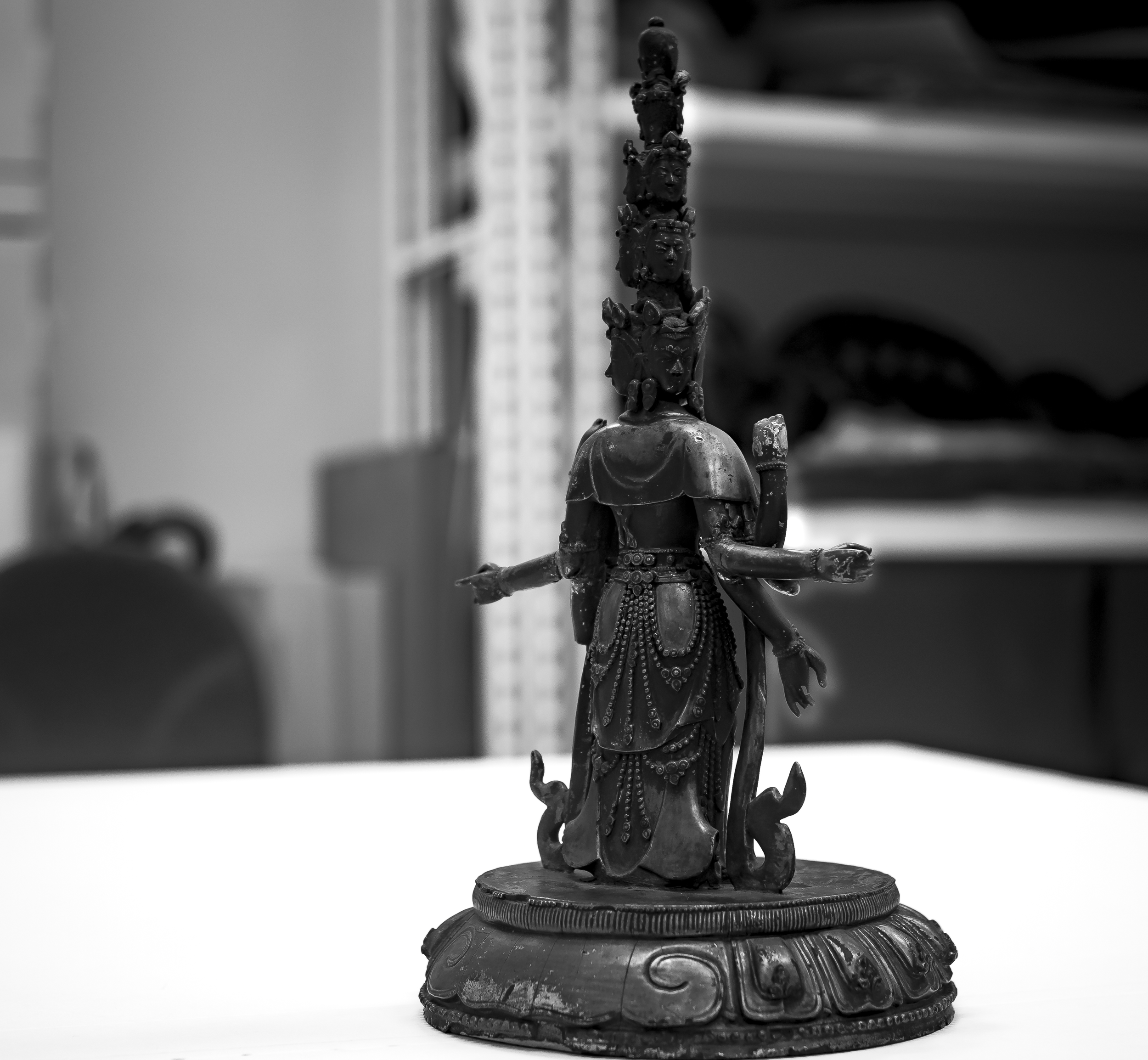
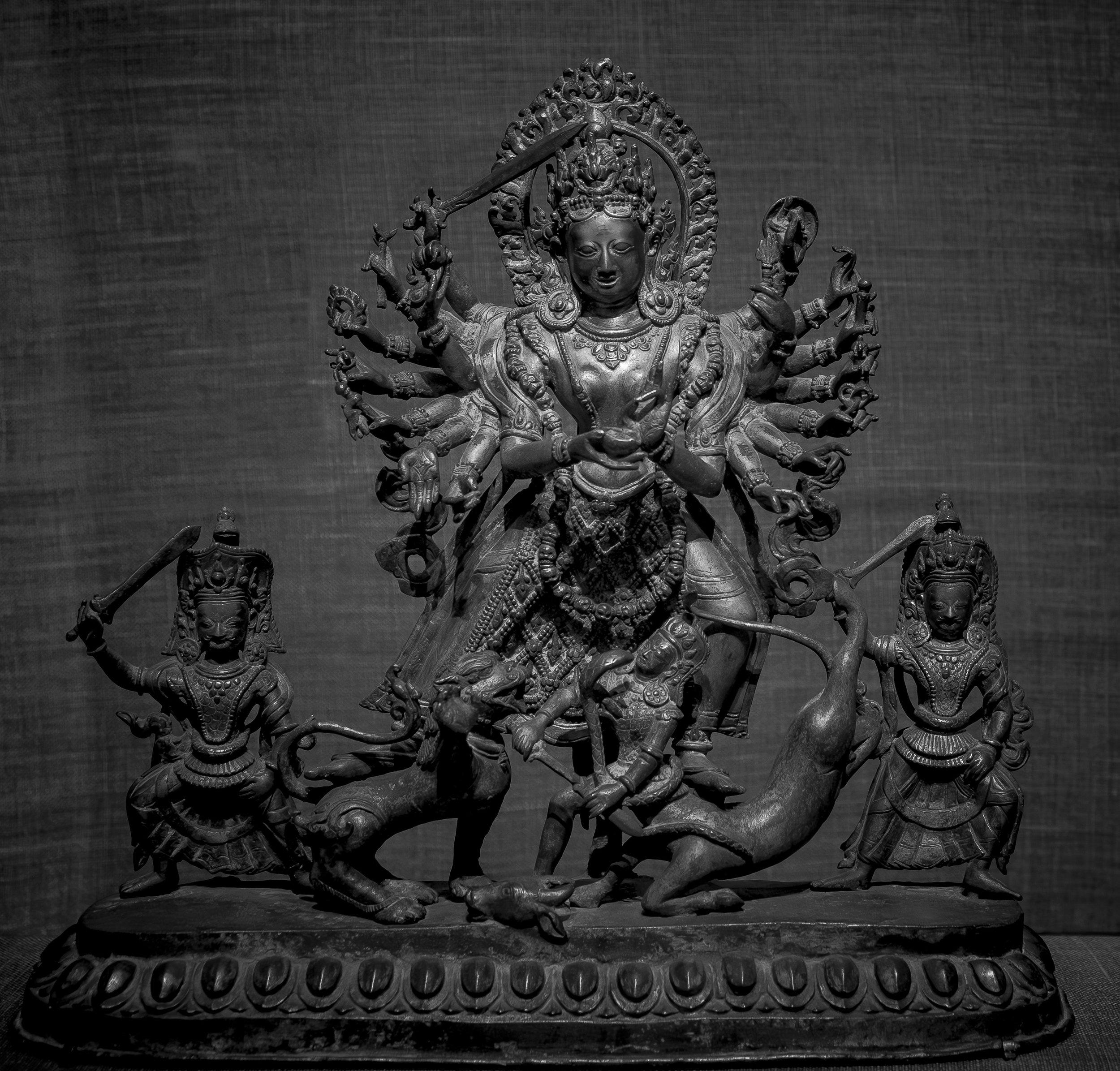
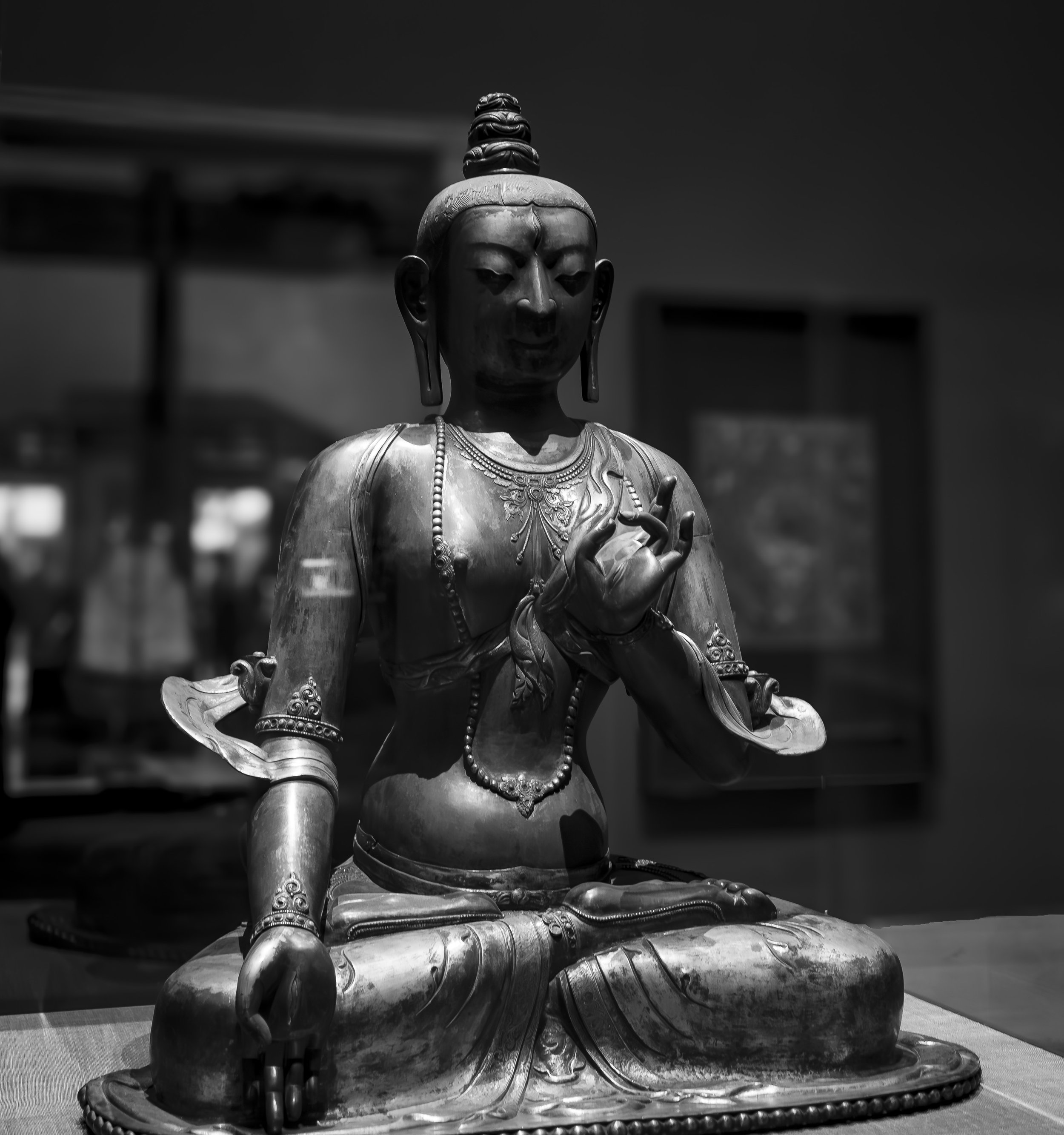
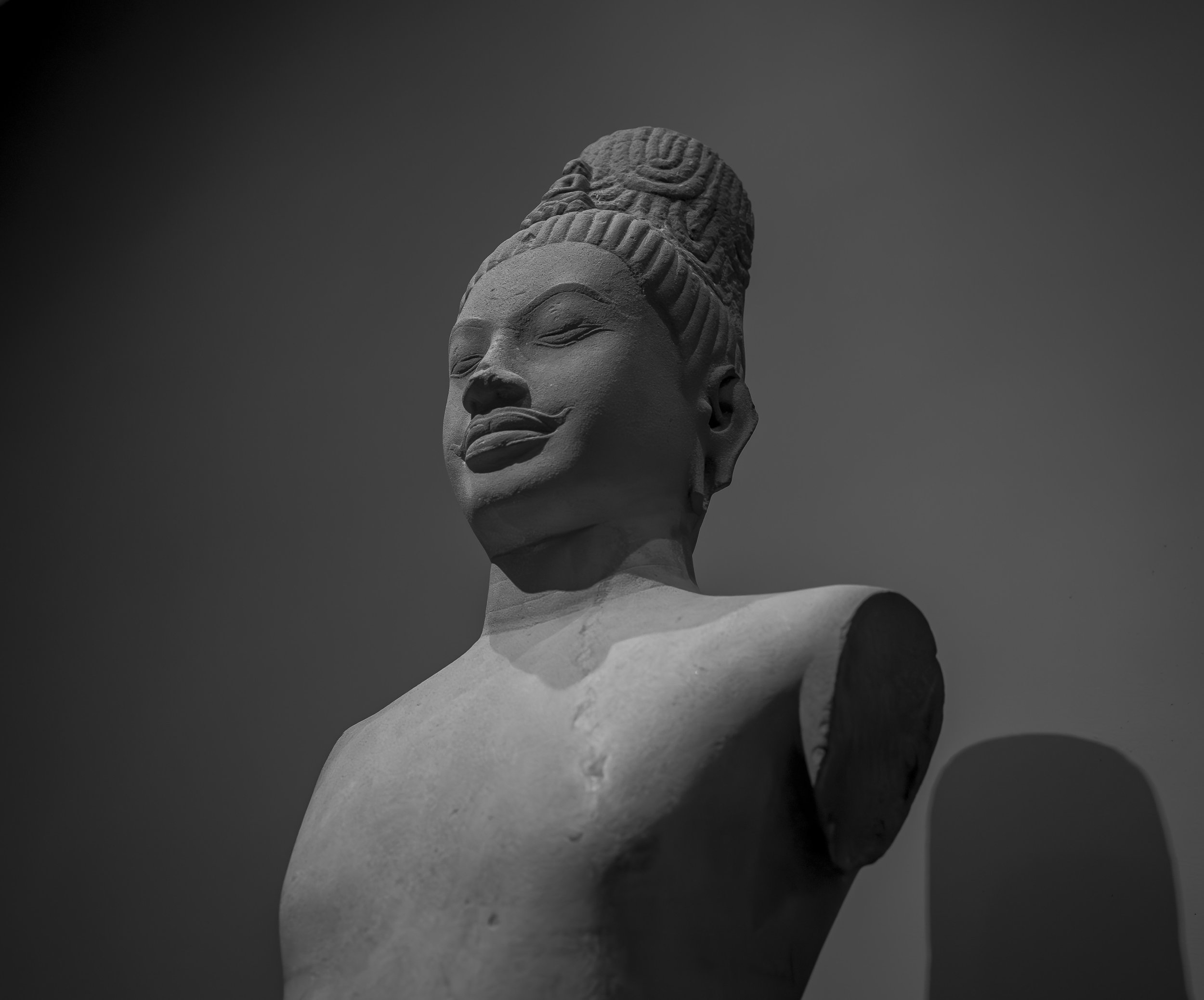
Avalokiteshvara – O Bodhisattva da Compaxio
Avalokiteshvara e o bodhisattva da compaixão. O nome pode ser interpretado como “um ser que olha em todas as direções” ou “um ser que ouve os gritos do mundo.” Embora todos eles ajam de maneira compassiva, Avalokiteshvara é considerado a corporificação do princípio abstrato da compaixão.
De acordo com o sutra de lotus, Avalokiteshvara pode assumir qualquer forma que permite a deidade a aliviar o sofrimento. Além disso, os bodhisattvas não são arquétipos dos homens e das mulheres, mas de todos humanos como agentes espirituais positivos. Dessa maneira, alguns dos bodhisattvas são tradicionalmente andróginos e Avalokiteshvara pode aparecer em formas masculinas e femininas.
Na China, em forma feminina, ela se chama “A deusa da misericordia” o Guanyin, e no tibete, ele se chama Chenrezig. No Japão, seus seguidores o chamam de Kannon.
Às vezes, Avalokiteshvara podem ter mil mãos e olhos. A deidade tem essa forma porque Avalokiteshvara fez um voto para salvar todos os seres sencientes. Um dia, ela estava olhando para o inferno e testemunhou o imenso número dos seres que precisava de salvação. Ela ficou sobrecarregada por sua dor e sua cabeça dividida em onze pedaços e seus braços se partiram em mil pedaços.
Em seguida, Amitabha, o budha da luz, transformou as peças das cabeças em onze cabeças e um mil braços. Com suas muitas cabeças, Avalokiteshvara podia ouvir os gritos de sofrimento em todos os lugares. Com seus muitos braços, ele pode para alcançar os muitos seres ao mesmo tempo.